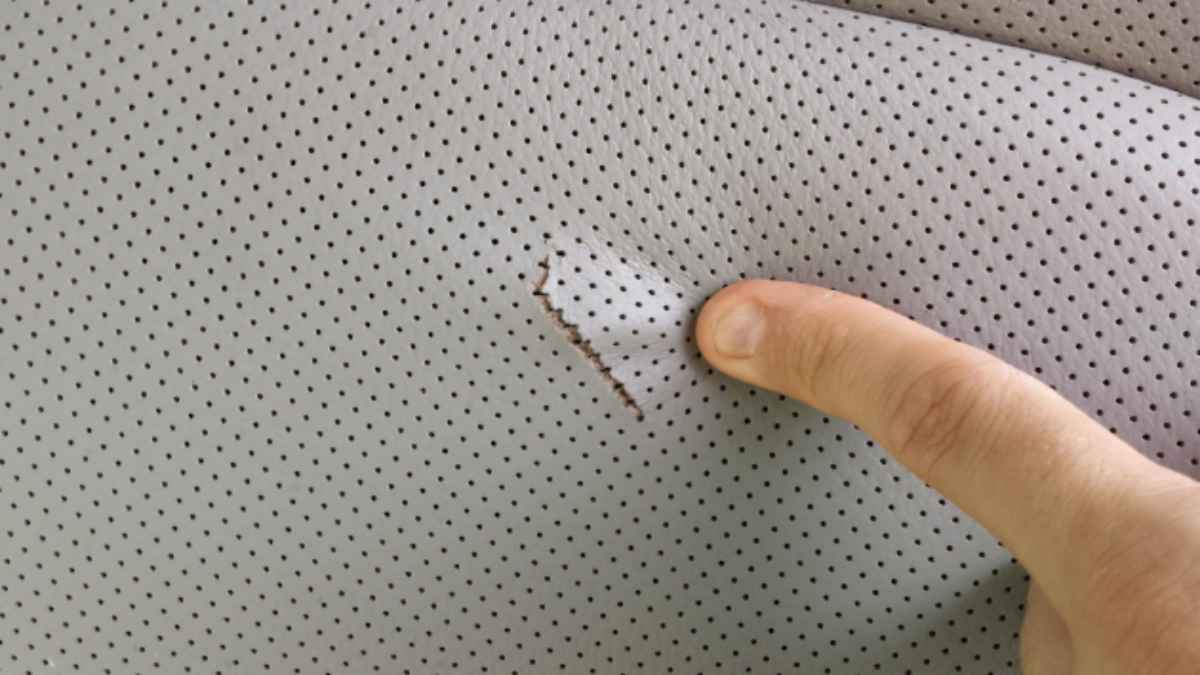Introduction
Leather items like sofas, jackets, and car seats add a touch of elegance to any space. However, over time, they can develop tears due to wear and tear. Knowing how to repair leather tear can save you money and extend the life of your cherished possessions.
Materials You’ll Need
Before diving into the repair process, gather the following materials:
-
Leather repair kit (includes adhesive, filler, and colorant)
-
Sub-patch (canvas or leather)
-
Isopropyl alcohol
-
Clean cloths
-
Scissors
-
Palette knife or spatula
-
Sandpaper (320 to 500 grit)
-
Leather dye or colorant
-
Leather finish or conditionerfurnitureclinic.comHomes and Gardens+3Loctite+3iFixit+3Better Homes & Gardens+2Home Of Cozy+2furnitureclinic.com+2iFixitpalluccifurniture.caHomes and Gardens+1palluccifurniture.ca+1
Step 1: Clean the Damaged Area
Use isopropyl alcohol and a clean cloth to remove any dirt, oils, or residues from the torn area. This ensures proper adhesion of the repair materials.
Step 2: Trim Frayed Edges
Carefully trim any ragged or uneven edges around the tear using scissors. Be cautious not to cut more than necessary, as this could enlarge the tear. Home Of Cozy+2palluccifurniture.ca+2Homes and Gardens+2
Step 3: Prepare the Sub-Patch
Cut a piece of sub-patch material slightly larger than the tear. Insert it under the leather using tweezers, ensuring it covers the entire damaged area. Home Of Cozy+1Homes and Gardens+1
Step 4: Apply Adhesive
Apply a thin layer of leather adhesive to the edges of the tear and the sub-patch. Press the leather back into place, aligning the edges carefully. Hold in place for at least 30 seconds to ensure a strong bond. Wiggly Wisdom+4Loctite+4Home Of Cozy+4
Step 5: Fill the Tear
Use a palette knife to apply leather filler into the tear, smoothing it out to match the surrounding surface. Allow it to dry completely, following the manufacturer’s instructions. furnitureclinic.com+1Home Of Cozy+1iFixit
Step 6: Sand the Repaired Area
Once the filler is dry, gently sand the area with fine-grit sandpaper to achieve a smooth, even surface. Be careful not to damage the surrounding leather. furnitureclinic.com
Step 7: Apply Colorant
Apply leather dye or colorant to the repaired area using a sponge or cloth. Blend it into the surrounding leather, applying multiple thin coats as needed. Allow each coat to dry before applying the next. furnitureclinic.com
Step 8: Finish with Leather Conditioner
Once the colorant has dried, apply a leather finish or conditioner to restore the leather’s luster and protect the repair. This step also helps in blending the repaired area with the rest of the leather. Home Of Cozy
Conclusion
Repairing a leather tear at home is a manageable task with the right tools and techniques. By following these steps, you can restore your leather items to their former glory, saving money and extending their lifespan.Better Homes & Gardens
FAQ Section
Q1: Can I repair a leather tear without a repair kit?
Yes, you can use household items like super glue, fabric patches, and leather dye. However, a dedicated repair kit provides better results and durability.
Q2: How long does the repair process take?
The entire process can take several hours to a day, depending on drying times between steps.
Q3: Will the repair be noticeable?
With proper color matching and finishing, the repair should blend seamlessly with the rest of the leather.furnitureclinic.com
Q4: Can I use this method for all types of leather?
This method is suitable for most genuine leather items. For faux leather or vinyl, different repair techniques may be required.Loctite
Q5: Is it safe to use leather dye?
Yes, as long as you follow the manufacturer’s instructions and test the dye on a hidden area first.
Q6: How can I prevent future tears in my leather items?
Regular cleaning, conditioning, and avoiding sharp objects can help maintain the integrity of your leather items.
